Growing Serrano Peppers is rewarding and can add flavor and spice to your meals. You can easily grow these Peppers with enough sunlight, water, fertilizer, and soil drainage. Growing Serrano Peppers from seeds can be a rewarding experience if you’re a beginner. You will soon have homegrown Serrano Peppers to enjoy with the right amount of care and patience. Don’t forget to use protective clothing when handling raw Pepper plants as they contain capsaicin which can cause burning sensations if it comes into contact with bare skin.

How to Grow Serrano Peppers from Seed
Types of Serrano Peppers
Serrano Del Sol
Serrano del Sol Peppers are one of the hottest types of Serrano Peppers. These Peppers are typically red or orange and have a thin, tapered shape. They are often used in salsas and hot sauces but can also be used in dishes requiring extra heat. These Peppers are typically 4-6 inches in length and have a bright red color. The heat level of these Peppers ranges from medium to hot.
Serrano Purple
These Peppers are typically hotter than the green Serrano Pepper but not as hot as the red. The flavor of these Peppers is similar to that of the green and red Serrano Peppers but with a slightly sweeter taste. These Peppers are typically smaller than other Serrano Peppers and have a milder flavor. While they can be used in many ways as other Serrano Peppers, their unique color makes them ideal for decoration or garnish.
Serrano Tampiqueno
Serrano Tampiqueno Peppers are typically smaller and more potent than other varieties of Serrano Pepper, making them ideal for use in salsa and other dishes where a little extra kick is desired. These Peppers are relatively small, measuring 2-3 inches long.
Containers Size Required for Growing Serrano Peppers from Seed
When growing Serrano Peppers from seed, your containers must be at least 6-8 inches deep and wide. If you plan on growing multiple plants, you’ll need to increase the size of your containers accordingly. It’s also important to ensure that whatever container you use has drainage holes in the bottom to escape excess water. Overwatering is one of the biggest problems people face when growing Serrano Peppers from seed, so use containers that will allow any excess water to drain away.
Propagating Serrano Peppers
From Seeds
If you want to grow Serrano Peppers from seed, it’s quite easy. Start by soaking your Serrano Pepper seeds in warm water for 24 hours. This will help them germinate faster. After 24 hours, drain the seeds and plant them in moistened potting soil about ½ inch deep. You’ll need to start with good-quality seeds to ensure your Serrano Pepper plants have the best chance of germinating and growing into healthy ones.
In case you missed it: How to Grow Tabasco Peppers from Seeds: At Home, In Pots, Raised Beds, Terraces, and Backyard
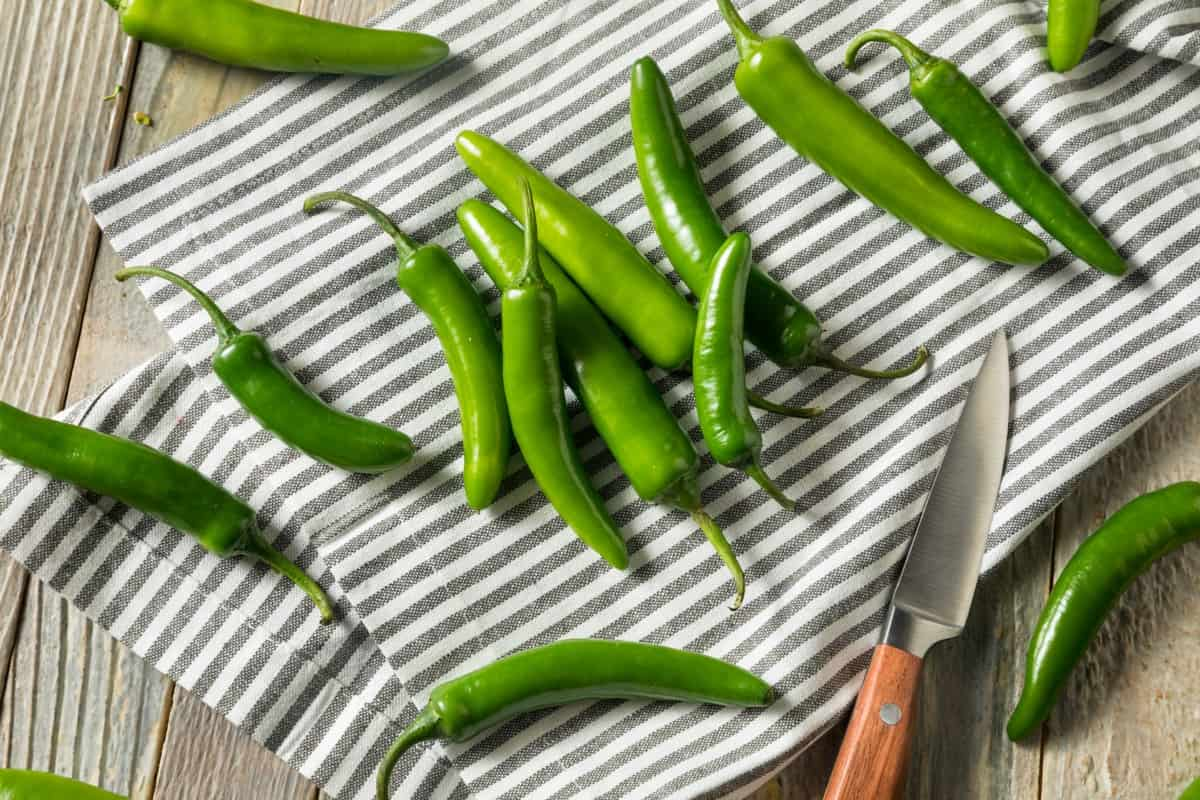
You can find these at most gardening stores. Once you have your seeds, plant them in a well-draining soil mix. Serrano Pepper seeds germinate best when the soil temperature is between 21 and 29 °C. If you live in cooler winters, you can start your serrano seeds indoors a few weeks before the last frost date.
Keep the soil moist, and place the planting container in a sunny location. Once your seedlings have sprouted, thin them so that only the strongest plant remains in each pot. Transplant them into larger pots or your garden after all danger of frost has passed. Be sure to harden off your plants slowly by exposing them to outdoor conditions for increasingly longer periods over a week or two before planting them in their final location.
Transplanting Serrano Peppers Seedlings
When transplanting your Serrano Pepper seedlings, it is important to handle them with care. Use a sharp knife or scissors to carefully loosen the root ball from the bottom of the container. Gently transfer the seedling to a prepared hole in your garden bed, carefully not to damage the stem or leaves. Mulch around the plant to retain moisture.
Serrano Pepper Plant Care
Suitable Climate for Growing Serrano Peppers
To ensure your Serrano Pepper plants have enough light, place them in an area that receives at least six hours daily. If you live in hot summers, you must provide shade during the hottest day. The plants will also need to be protected from strong winds. To ensure a bountiful harvest of Serrano Peppers, you’ll need to start them off in the right environment.
In case you missed it: How to Grow Banana Peppers from Seed in Pots or Ground
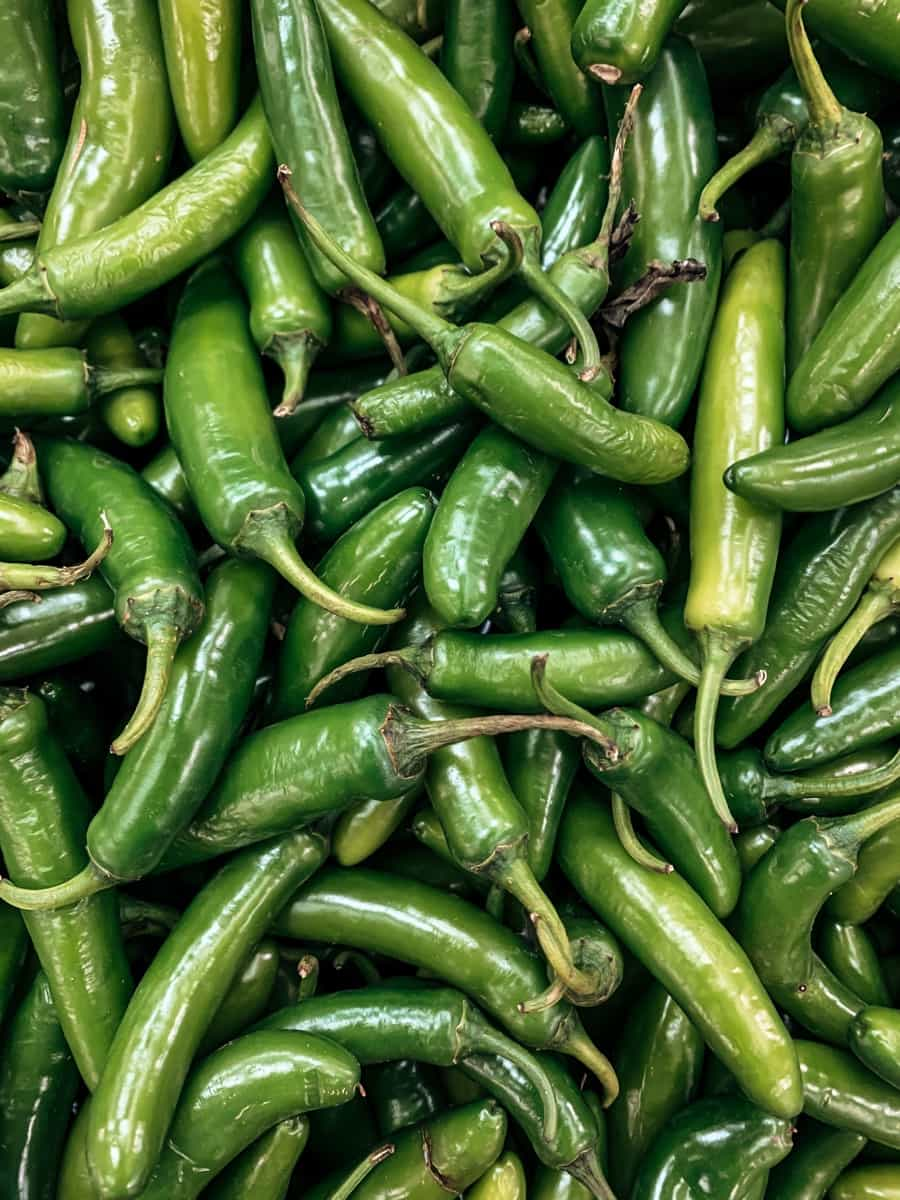
These Peppers thrive in warm climates with plenty of sunlight, so if you’re growing them indoors, place them near a south-facing window. Outdoors can be planted in raised beds or directly in the ground once all danger of frost has passed. With proper care, your Serrano Pepper plants will thrive and yield a delicious bounty of Peppers that can be used fresh or preserved for later enjoyment.
Water Requirement for Growing Serrano Peppers
Water is critical for the germination and early growth of Serrano Pepper plants. The seedlings are particularly sensitive to drying out, so keep the soil moist. Water the plants deeply, allowing the water to penetrate the root zone. They will produce more Peppers if kept evenly moist. To successfully grow Serrano Peppers from seed, you must provide them with plenty of water.
When the plants actively grow and produce fruits, they need even more water. Be sure to water at the base of the plant rather than overhead to avoid leaf diseases. If you live in hot summers, you may need to water your Serrano Pepper plants twice daily to keep them hydrated. Mulching around the plants can also help retain moisture in the soil. Monitor your plants closely and adjust your watering schedule as needed to keep the plants healthy and productive.
Soil Requirement for Growing Serrano Peppers
To grow Serrano Peppers from seed, you will need well-drained soil with a pH of 6.0 to 7.0. Your soil should also be high in organic matter. Add compost to your soil before planting or top-dressing your plants during the growing season. The best soil for growing Serrano Peppers from seeds is a well-drained, sandy loam. Peppers do not like sitting in wet soils, so ensure your planting area has good drainage. You can improve drainage by adding organic matter to the soil or creating raised beds.
In case you missed it: How to Grow Ghost Peppers from Seed: At Home, in Pots, Raised Beds, Terrace, and Backyard
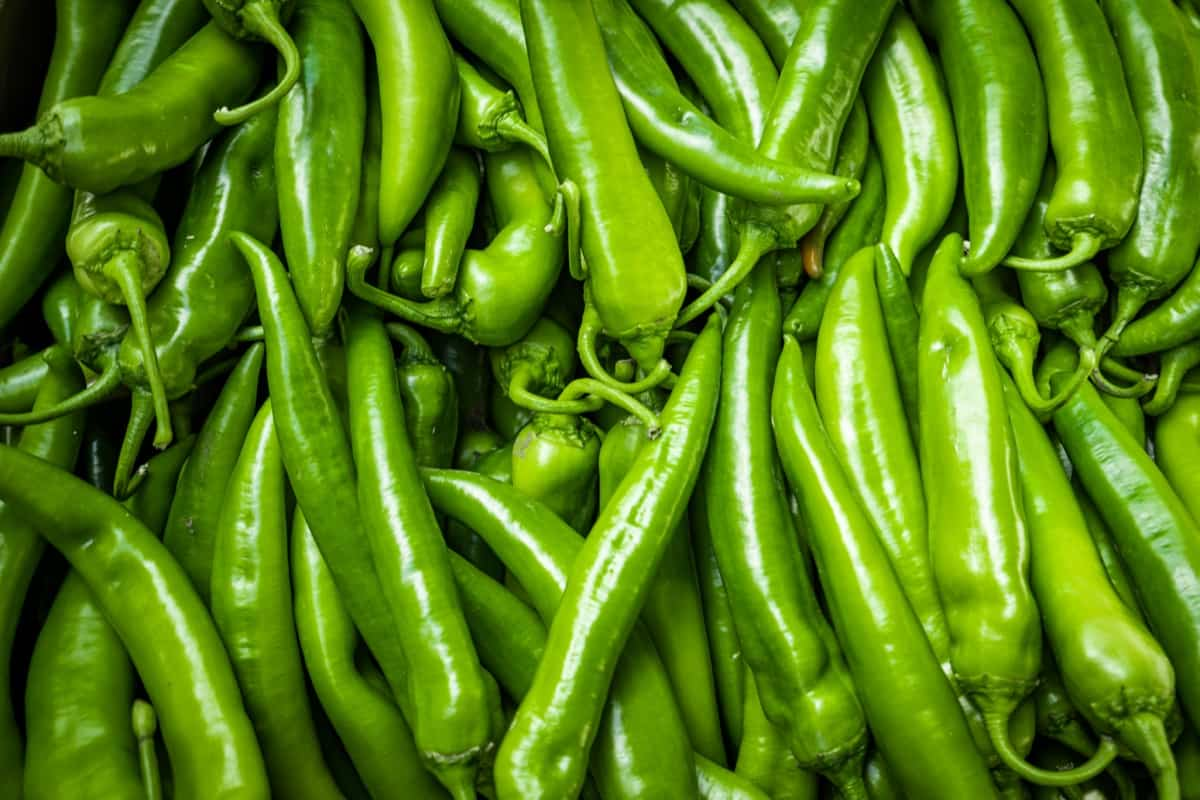
Fertilizer Requirement for Growing Serrano Peppers
When it comes to fertilizer, Serrano Peppers are not particularly demanding. A well-balanced, all-purpose fertilizer will do the trick. However, consider using a fertilizer designed for Peppers to boost your plants. Apply fertilizer to the soil around your Serrano Pepper plants at least once monthly.
You should follow the instructions on the fertilizer label for the best results. To ensure that your Serrano Pepper plants grow strong and produce a bountiful harvest, it is important to fertilize them regularly. The best fertilizer for Serrano Peppers is a high-quality, all-purpose garden fertilizer that contains nitrogen, phosphorus, and potassium.
Serrano Pepper Plant Care in Winter
When the winter season arrives, you’ll need to take special care of your Serrano Pepper plant to ensure it continues to thrive. In winter, Serrano Pepper plants must be protected from cold weather. They can be grown indoors or in a greenhouse. If growing them indoors, make sure to provide enough light and warmth. Serrano Peppers can also be grown in containers outside during the winter as long as they are protected from frost.
Make sure to protect your plant from freezing temperatures. Keep it indoors during the colder months. Water your plant regularly, but don’t overdo it. Allow the soil to dry between watering sessions. Fertilize your plant every month or so with a high-quality fertilizer. This will help it stay healthy and continue growing strong. Prune any dead or dying leaves or stems from the plant as needed. This will help encourage new growth in the springtime.
Pruning Serrano Pepper Plants
To keep your Serrano Pepper plants healthy and productive, you will need to prune them regularly. You can prune your plants in spring, summer, and fall before the first frost. When pruning, remove any dead or diseased leaves and stems and any crossing or rubbing against each other.
Staking Serrano Pepper Plants
It supports the plant so it can grow taller and produce more Peppers. It helps keep the Peppers clean and off the ground where they may be susceptible to rot or pests. It makes harvesting easier since all the Peppers will be in one place. On the other hand, staking takes up more space in the garden and requires more work to set up. Staking Serrano Peppers is an important step in ensuring a successful Pepper crop.
In case you missed it: Best Tips for Making Pepper Plants Hotter: Great Ideas for Beginners
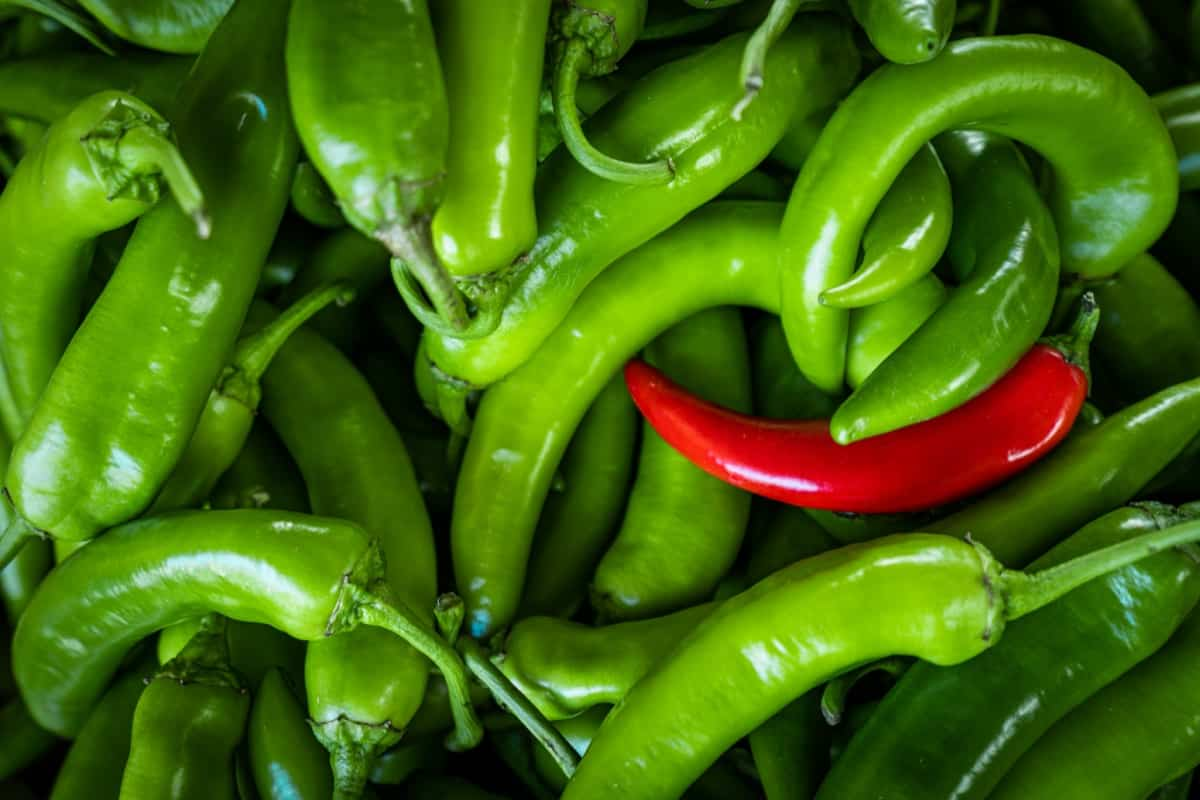
Peppers are heavy feeders and will quickly become leggy and top-heavy if not supported. Stakes should be placed around the perimeter of the planting bed, about 18 inches apart. Drive them into the ground about 10 inches deep so they are securely anchored. Serrano Peppers can also be grown in containers but must be staked regardless. Use tomato cages or similar supports that can be easily removed when it comes time to harvest the Peppers.
Pests and Diseases of Serrano Peppers and Their Control
Common pests are aphids, whiteflies, and spider mites. Aphids suck the sap from plants. They are usually green or black and can be found on the undersides of leaves. Whiteflies are small, white insects that fly around plants and feed on the sap. They can be controlled with sticky traps or by using an insecticide. Spider mites are small, red spiders that spin webs on the undersides of leaves. They can be controlled with horticultural oil or insecticide.
Several diseases can affect Serrano Peppers, but luckily, there are also ways to control them. Blossom-end rot is a disease that affects fruits and vegetables, and it’s caused by a lack of calcium in the plant. The symptoms include brown or black spots on the bottom of the fruit. To prevent this disease, fertilize your plants with calcium-rich fertilizer.
Powdery mildew disease affects many different types of plants, and white or gray powdery spots on the leaves characterize it. To prevent powdery mildew, water your plants early in the day. You can use a fungicide to treat powdery mildew if it does occur. Bacterial leaf spot is caused by bacteria that results in dark brown or black spots on the leaves. A yellow halo may also surround the spots. Bacterial leaf spot can be prevented by planting resistant varieties of Serrano Peppers and avoiding overhead watering.
Harvesting Serrano Peppers
To harvest your Serrano Peppers, wait until they are deep green and have reached their full size. You can then pick them by hand or cut them off the plant with pruning shears. Be sure to wear gloves when handling the Peppers, as they can be quite spicy. If you want to dry or dehydrate your Serrano Peppers, hang them upside down in a well-ventilated area. Once dried, you can store them in an airtight container for up to 6 months.
In case you missed it: Growing Peppers from Seed to Harvest: For Bell Peppers, Chilli Peppers, Spicy/Hot Peppers, Sweet Peppers, and Jalapeno Peppers
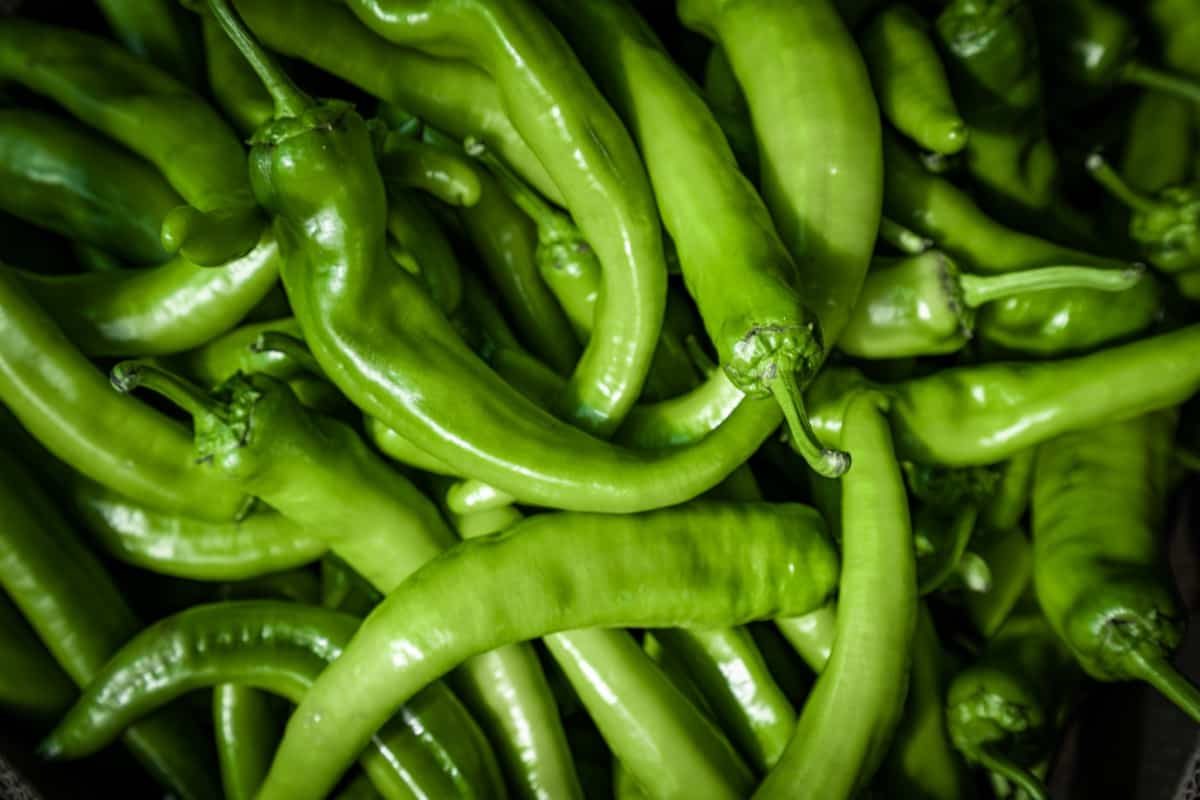
Conclusion
You can’t go wrong with Serrano Peppers if you want a hot Pepper to add to your home garden. These small but mighty Peppers pack a serious punch of heat and are relatively easy to grow from seed. With a bit of patience and basic gardening knowledge, you can have a thriving Serrano Pepper plant in no time.
- How to Grow Hibiscus from Flower
- Plantation Ideas for Home Decoration: A Beginners Guide
- Flower Garden Designs and Layouts for Beginners
- Planting and Spacing Techniques in Papaya: A Beginner’s Guide
- Growing Gold: Essential Techniques for Planting Pineapples
- How to Make Kalanchoe Plant Bushy: Home Remedies and Solutions
- 11 Reasons Why Your Gardenia is Not Blooming: Home Remedies and Solutions
- Eco Elegance: The Guide to Designing a Drought-Tolerant Landscape
- Gardening on a Slope: Strategies for Hillside Landscaping
- Nourish and Flourish: Top Organic Mulches for Thriving House Plants
- Everything You Want to Know about Indian Mogra Flower: Discover Uses and Growing
- Green Thumb Success: Expert Tips for Cultivating Greenhouse Pumpkins All Year Round
- Maximize Growth & Flavor: The Ultimate Guide to Companion Planting in Herb Gardens
- How to Control Rhododendron Problems Naturally: Home Remedies and Organic Ways to Fix Them
- Natural Magic: The Remarkable Benefits of Cinnamon for Plants
- Best Steps to Revive Dying Tulip with Natural and Organic Treatment
- 10 Reasons Why Your Angel Trumpet is Not Blooming: Remedies and Treatment
- How to Fix Periwinkle Leaf and Flower-Related Problems: Natural Remedies and Solutions
- How to Fix Zinnias Leaf and Flower Problems: Discover Natural and Home Remedies
- Organic Steps to Induce Lemon Tree Flowers: A Comprehensive Guide
- Bloom Booster: Crafting the Perfect Homemade Bougainvillea Fertilizer
- Optimizing Growth: A Guide to Applying NPK Fertilizer for Potted Plants
- 10 Best Homemade Fertilizers for Rubber Plant: DIY Recipes and Application Method
- How to Boost Female Pumpkin Flowers: Effective Steps for More Flowers and High Yields
- Transform Your Indoor Garden: Top Benefits of Pink Salt for Houseplants
- 10 Best Homemade Fertilizers for Peacock Plants (Calathea): Easy DIY Guide
- Unlock Blooms: 9 Reasons Why Your Potted Chrysanthemum is Not Blooming
- 8 Reasons Why Your Potted Hibiscus is Not Blooming: Fix it with Simple Solutions
- Unlock Blooms: 9 Key Reasons Your Potted Frangipani Won’t Flower
- 10 Reasons Why Is My Ice Plant Not Blooming: Remedies and Treatment
- 10 Reasons Why My Potted Hydrangea Not Blooming: Treatment and Remedies
- 10 Reasons Why is My Wisteria Not Blooming: Remedies and Treatment
- 10 Reasons Why is My Goldfish Plant Not Blooming: Remedies and Treatment
- Maximize Your Space: Ultimate Guide to Balcony Gardening with Grow Bags
- 10 Reasons Why Your Iris is Not Blooming: Remedies and Treatment
- 10 Reasons Why Your Anthurium Plant is Not Blooming: Treatment and Remedies